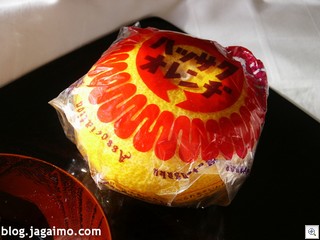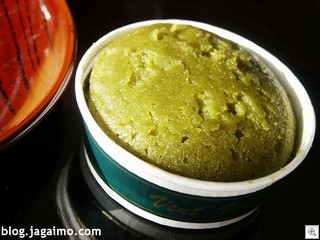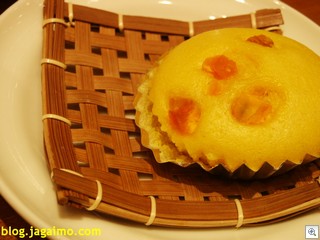I was a bit at a loss on what to make for dinner Thursday night, but I had a few things in the refrigerator that I wanted to take advantage of. I was home a little late and wanted to keep it simple, so I just cut some vegetables up and prepared them for roasting.
Roasted artichokes, sunchokes, and acorn squash
We had a medium-sized purple artichoke handy, some acorn squash, and some sunchokes, sometimes called Jerusalem artichokes. I tossed the sunchokes in a bit of salt, and everything else just went in a grill pan straight into a hot oven. While the vegetables were roasting, I whisked up a harissa-seasoned mayonnaise. I also toasted some walnuts, chopped finely and seasoned with salt, and pressed some soft chevre, which has been sitting neglected in the refrigerator since I first used it last weekend, and it needed a sense of purpose.
I also made a quick pesto pasta, taking advantage of some leftover pesto.
Actually I wasn’t very excited by this meal, because I put no thought into it. I didn’t think roasting vegetables was anything to write home about, but Hiromi was far more enthusiastic… Simplicity is also rewarding.
Last night I also kept things simple, I made a few slightly tweaked Japanese dishes, including a nimono of acorn squash, a suimono or clear soup of fiddlehead fern fronds and tofu, some kyuuri no sunomono with iyokan no kurosu (cucumber marinated in citrusy black vinegar), and some grilled tofu drizzled with soy sauce seasoned with yuzu-koshou (yuzu peel and chilies). Each dish just requires a couple of minutes of attention, and it all comes together when it’s time to eat.
Nagaimo no negimiso dengaku
The most interesting dish of the night was sort of izakaya-ish. I lightly broiled some slices of nagaimo, the starchy tuber that is an essential component of good okonomiyaki and a breakfast staple served as tororo-imo with rice and soy sauce. I boiled miso, mirin and sugar together until it was bubbly and thick, then added some minced scallions into the mixture. I flipped the nagaimo, topped them with this negimiso concoction, and put it under the low-heat broiler again just long enough to bubble. Topped with a little more chopped negi, it’s a pleasing twist on dengaku dishes. The yamaimo took on a slight softness, retaining an almost juicy quality, without providing much of a hint of its nebaneba (sticky) tendencies, and the sweet-salty topping provided enough flavor and contrast to balance the starchy base.







































